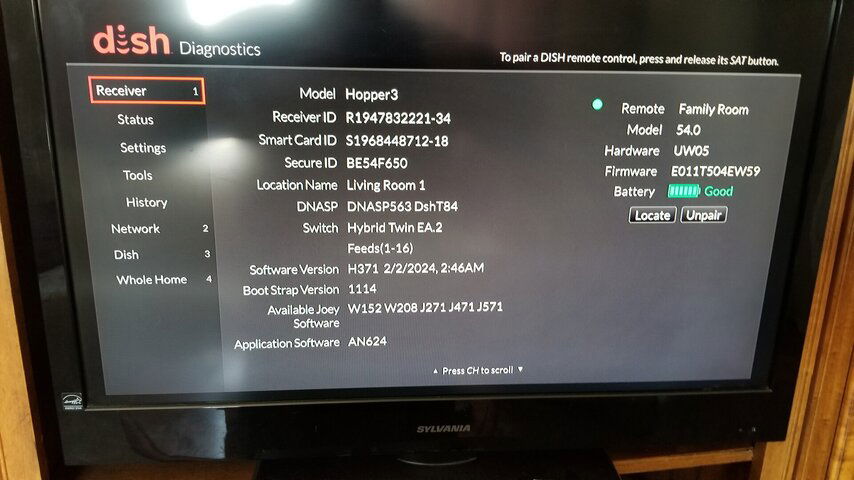Can I manually adjust Dish roof antenna to increase signal from 66 on a clear day to higher signal and scale goes to 125
 .
.
On cloudy days signal is 34 and I get a lot of video clips.
I had my roof replaced and contractor had to move dish antenna. I asked them if my signal will be affected and was told they do thus all the time with no client complaints.
This antenna replacement with optimum results doesn't make sense to me.
Any thoughts?
PS: I know I can call Dish to send tech out but like to get input before doing anything.
On cloudy days signal is 34 and I get a lot of video clips.
I had my roof replaced and contractor had to move dish antenna. I asked them if my signal will be affected and was told they do thus all the time with no client complaints.
This antenna replacement with optimum results doesn't make sense to me.
Any thoughts?
PS: I know I can call Dish to send tech out but like to get input before doing anything.


